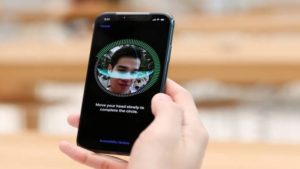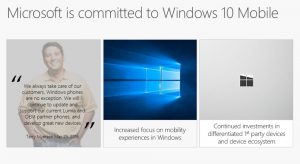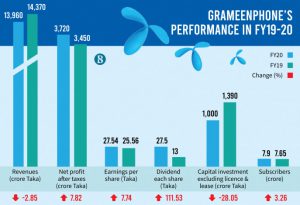 Researchers at the University of Illinois at Urbana-Champaign in the United States have developed a new type of “3D battery” that could revolutionize modern consumer electronics. In the development of the battery, they used a three-dimensional electrode that is about 1,000 times more powerful than the currently available drycell or lithium ion rechargeable energy source in a combination of many “microbatteries”. They are capable of supplying the same amount of power even though they are about 10 percent of the size of a normal battery.
Researchers at the University of Illinois at Urbana-Champaign in the United States have developed a new type of “3D battery” that could revolutionize modern consumer electronics. In the development of the battery, they used a three-dimensional electrode that is about 1,000 times more powerful than the currently available drycell or lithium ion rechargeable energy source in a combination of many “microbatteries”. They are capable of supplying the same amount of power even though they are about 10 percent of the size of a normal battery.
If the 3D battery is successful in consumer electronics Undoubtedly Positive change will come. But the main challenge is its security and availability.
In the journal Nature According to a published article, the thickness of the device made using 3D batteries can be significantly reduced. Researchers claim that their newly discovered power cell-powered smartphones can be charged in less than a second. Using these, due to the space constraints, the radio wave transmission is about 30 times longer and it will be possible to make these devices 30 times smaller.
In proportion to the progress that has been made in the field of electronics over time, there has been no significant improvement in the power supply of power plants. Lithium ion cells are still being used in smartphones, tablets and other everyday gadgets, which need to be recharged almost every day. However, the issue has reached a tolerable level for consumers as well. But if you want to get more out of technology, you really need to improve its energy resources.
However, there are still some issues with the security of this new battery technology that need to be addressed Research Continued. Professor William King, head of the team that created it, hopes to make the technology usable by the end of this year.
Meanwhile, other battery experts also welcomed the discovery. He also questioned its security and general availability.
[★★] Want to write about technology? Now one Technician Open an account and post about science and technology! fulcrumy.com Create a new account by visiting. Become a great technician!






